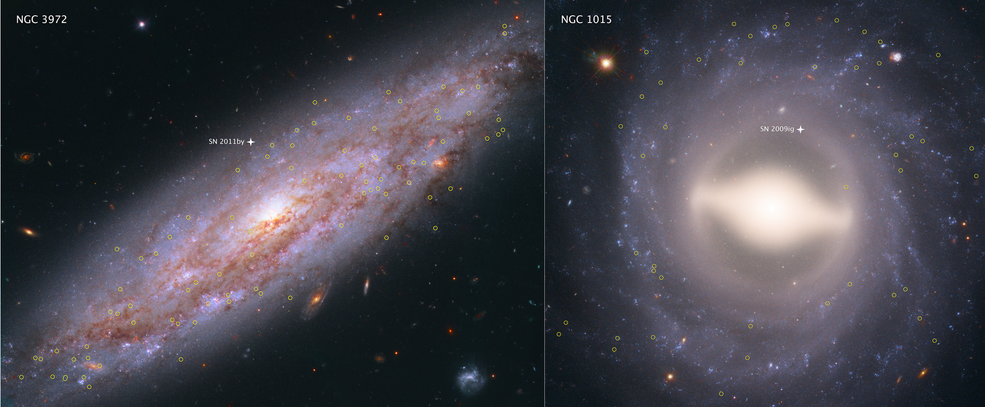Scientists just measured the Universe's expansion rate but we need new physics to explain it
The results have forced scientists to consider that "something unexpected" may be at work in the universe.



Astronomers using Nasa's Hubble telescope have made the most precise measurements of the Universe's expansion rate. The latest estimates were calculated nearly a century after the Universe's expansion was first measured. However, the new results have forced scientists to consider that "something unexpected" may be at work in the Universe.
Scientists found that the Universe's expansion rate is still accelerating. The new results also confirm a discrepancy showing that the Universe is now expanding at a faster rate than previously expected from its trajectory. Scientists now think that we may need new physics to explain the inconsistency.
"The community is really grappling with understanding the meaning of this discrepancy," the lead researcher and Nobel Laureate Adam Riess of the Space Telescope Science Institute (STScI) and Johns Hopkins University, said in a statement.
Astronomers used Hubble over the past six years to refine their measurements of the Universe's expansion. The number of stars analysed by the research team was extended to distances "up to 10 times farther into space than previous Hubble results". The scientists concluded that our Universe is stretching with 2.3% uncertainty.
Although we are yet to understand the force behind the swelling of space, this push is quantified as the Hubble consonant. The European Space Agency's Planck satellite, which also previously measured the Universe's expansion, predicted that the Hubble consonant value should now be 67 km per second per megaparsec and could not exceed 69 km per second per megaparsec. However, the new study measured a value of 73 km per second per megaparsec. This means that galaxies are moving at a much faster rate than expected from previous observations of the early Universe.
"Both results have been tested multiple ways, so barring a series of unrelated mistakes," Riess explained. "It is increasingly likely that this is not a bug but a feature of the universe."
In order to further refine their results, the researchers analysed Cepheid stars – since their starlight is presumed to be reliable enough to use as a distance-measuring yardstick. To ensure accuracy, the scientists invented a scanning technique which involved Hubble measuring a star's position a thousand times a minute, every six months for four years.
"Ordinarily, if every six months you try to measure the change in position of one star relative to another at these distances, you are limited by your ability to figure out exactly where the star is," Stefano Casertano, also of STScI and Johns Hopkins, said.
The new technique allows Hubble to slowly scan a stellar target, capturing an image as a streak of light. "This method allows for repeated opportunities to measure the extremely tiny displacements due to parallax," Riess added. "You're measuring the separation between two stars, not just in one place on the camera, but over and over thousands of times, reducing the errors in measurement."
Next, the scientists hope to further reduce the uncertainty by using data from the Hubble and the ESA's Gaia space observatory to measure the location and distances of the stars with unprecedented precision.
"This precision is what it will take to diagnose the cause of this discrepancy," Casertano said.
The new study has been accepted for publication by The Astrophysical Journal.






















